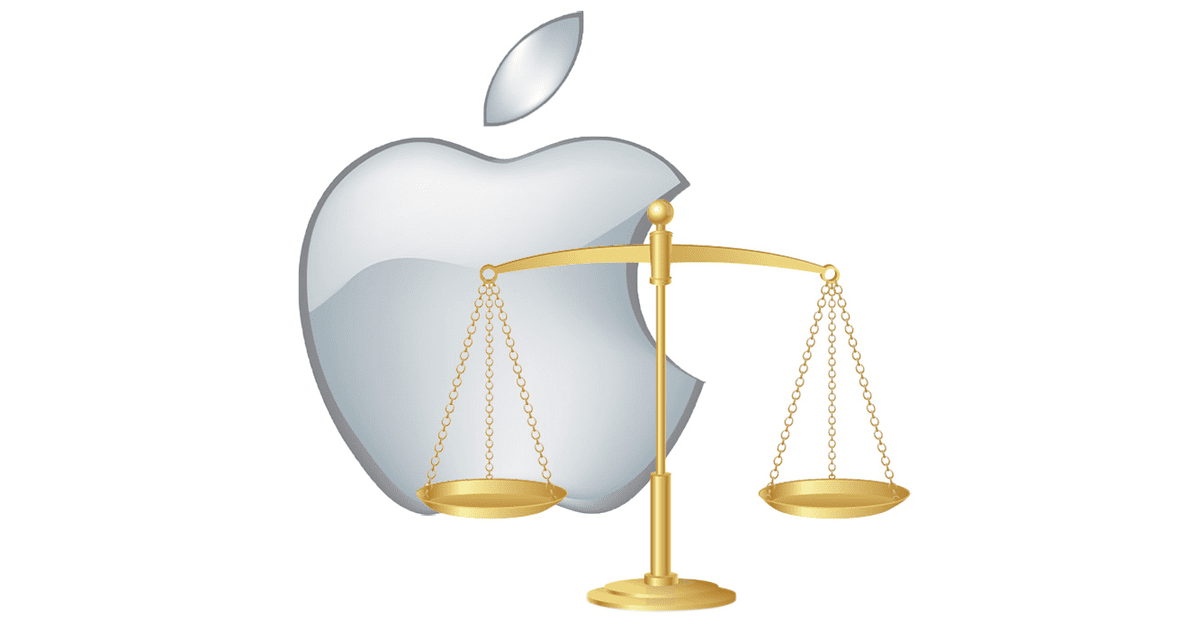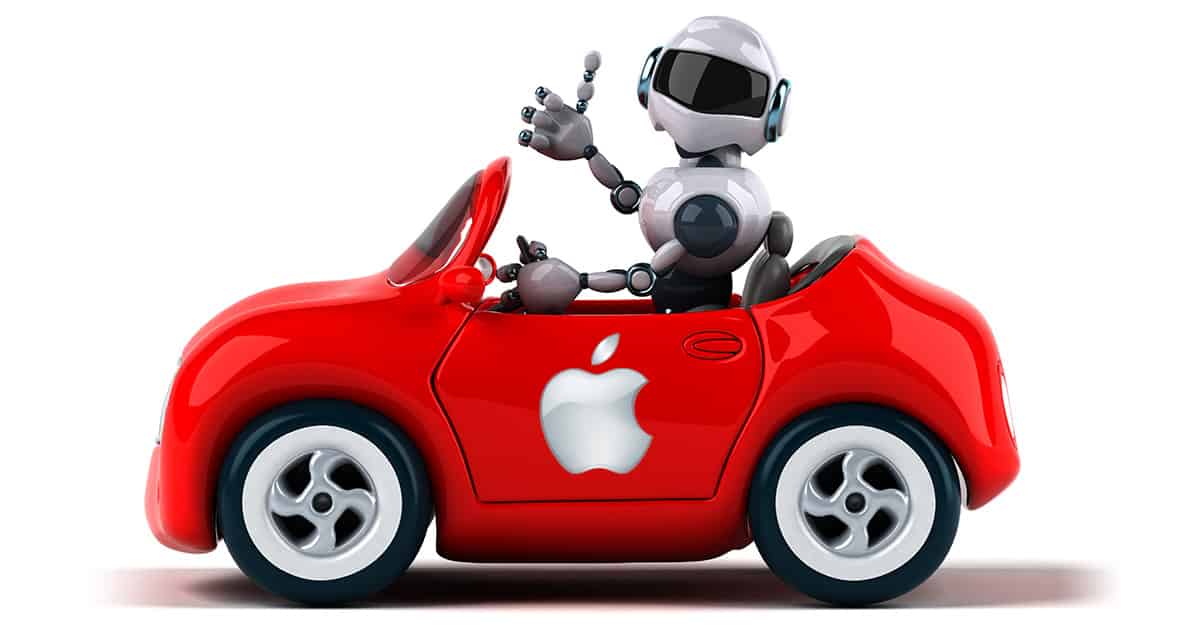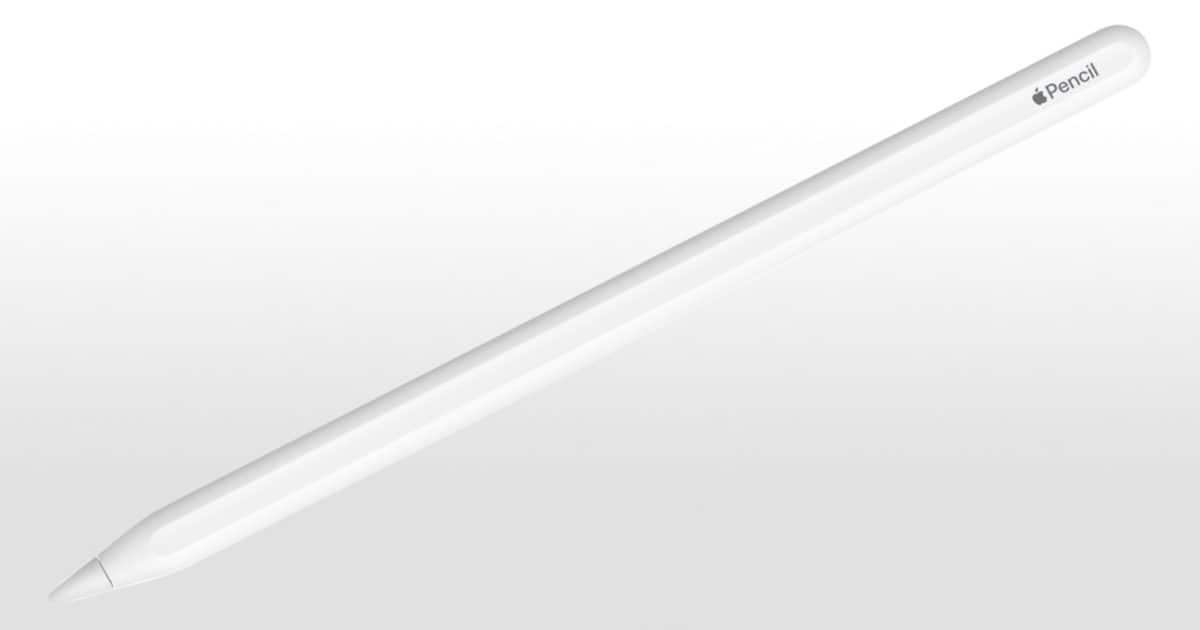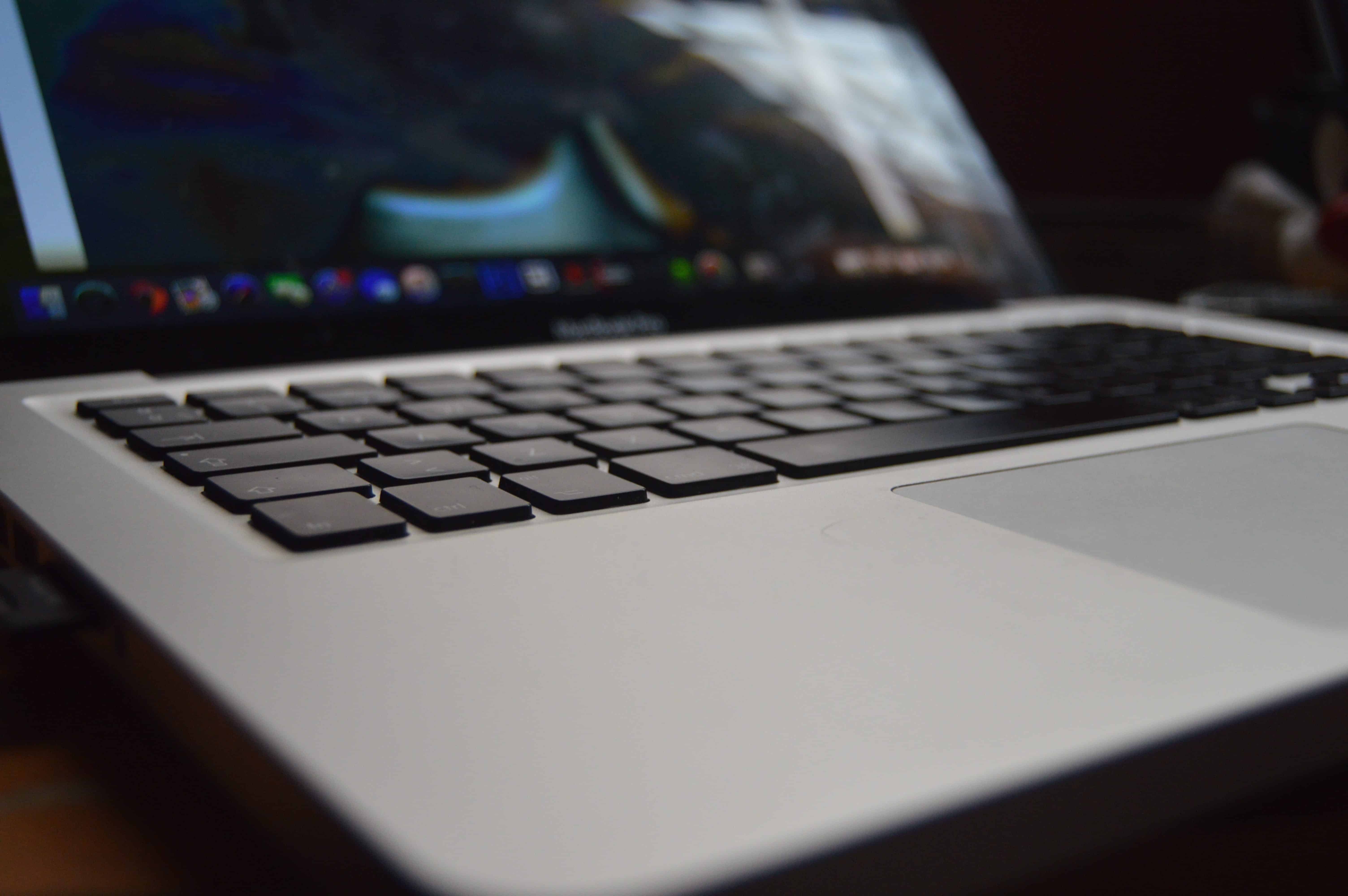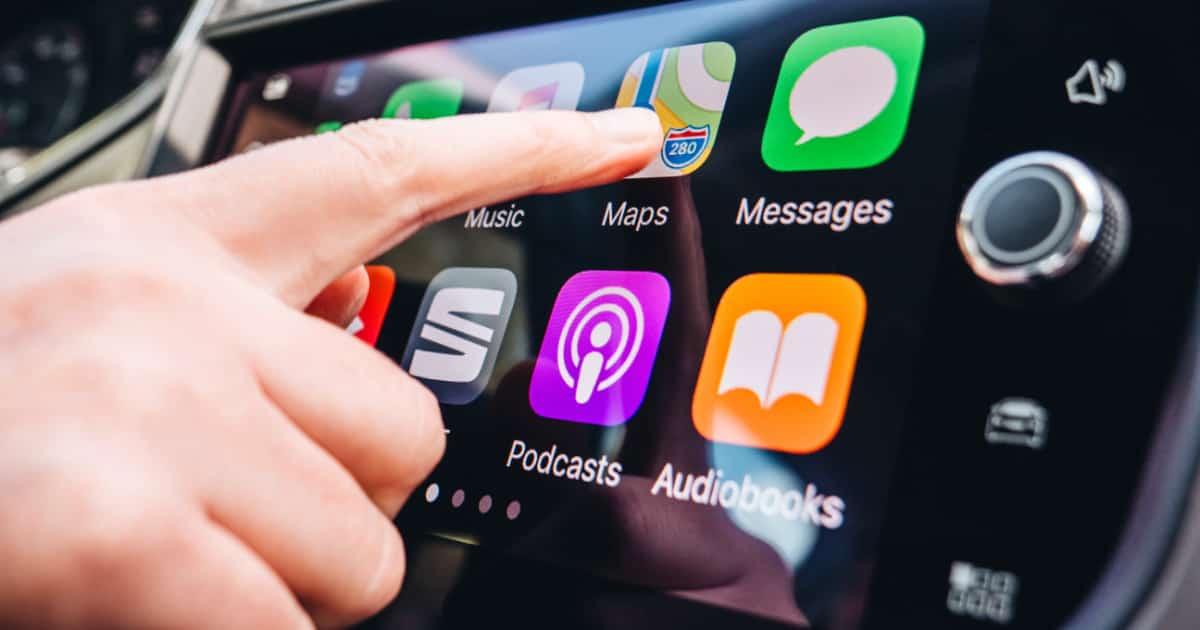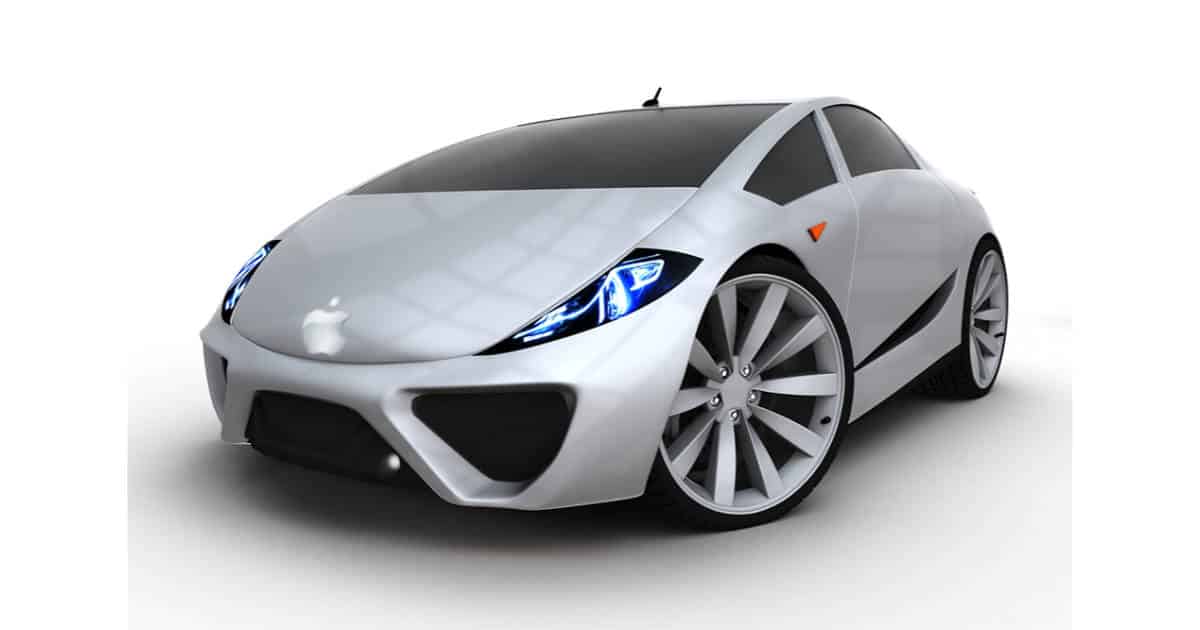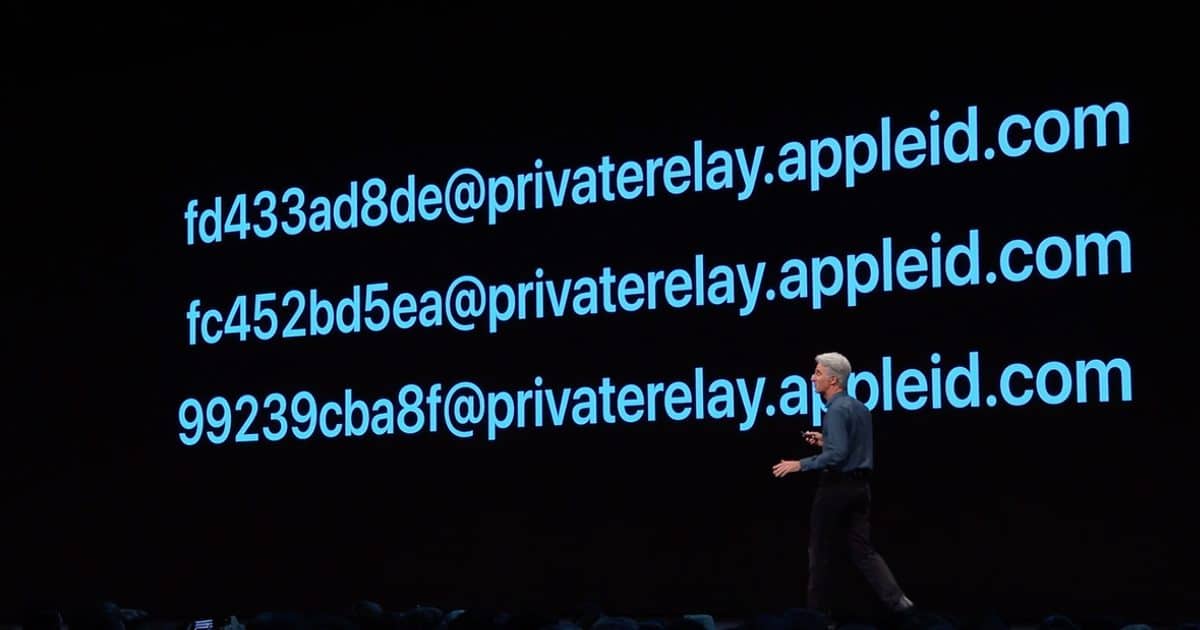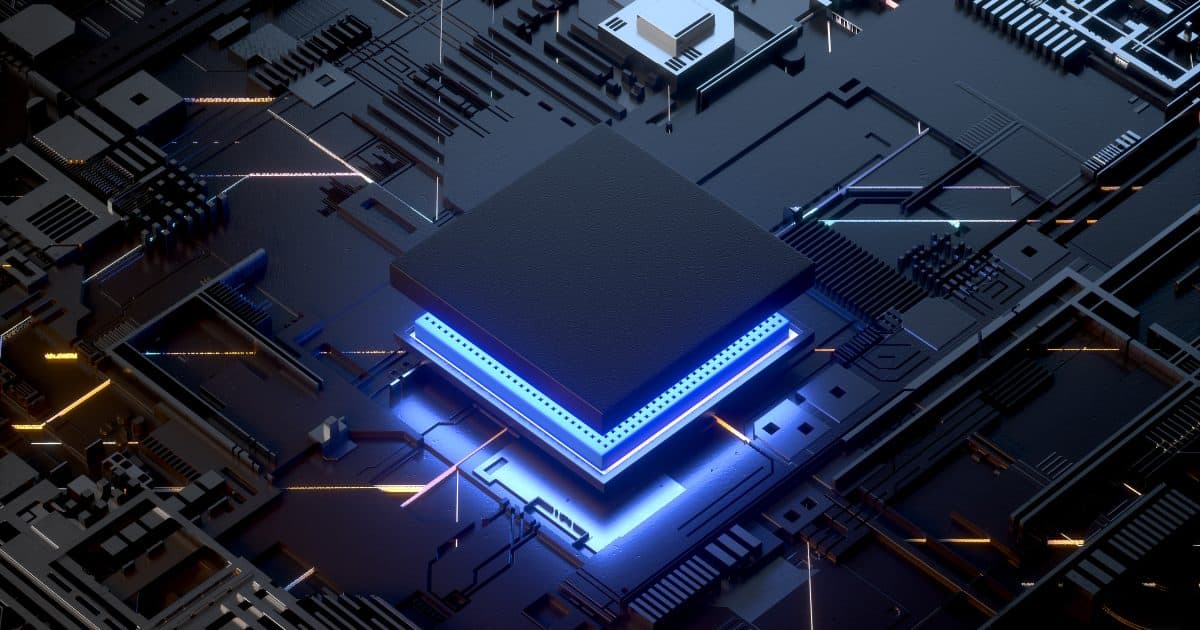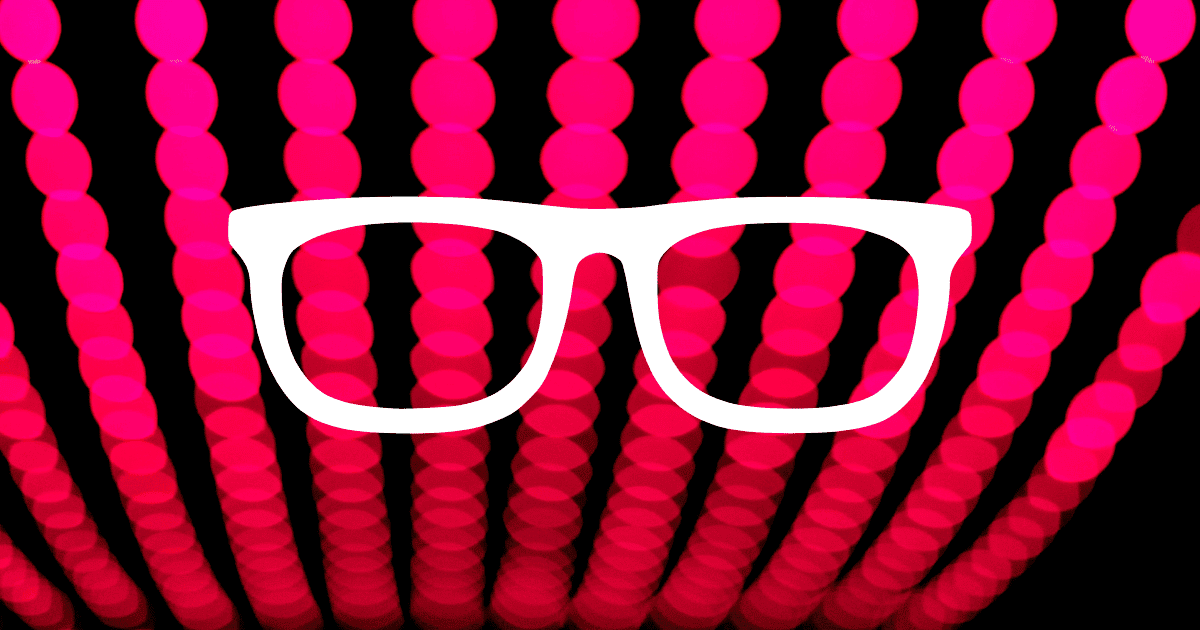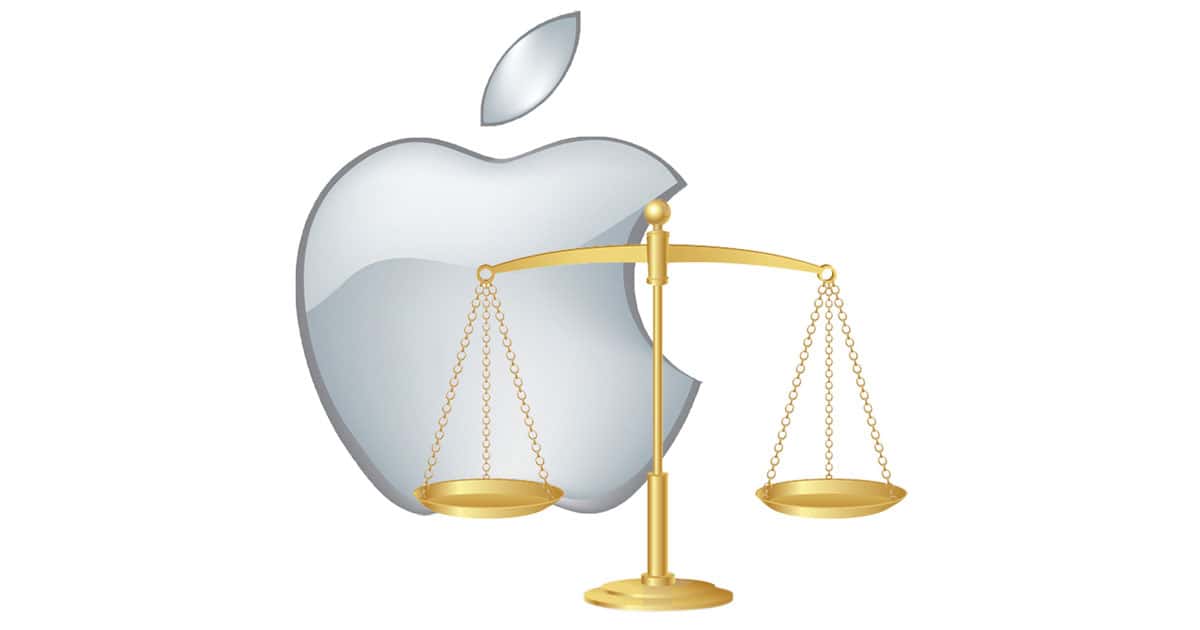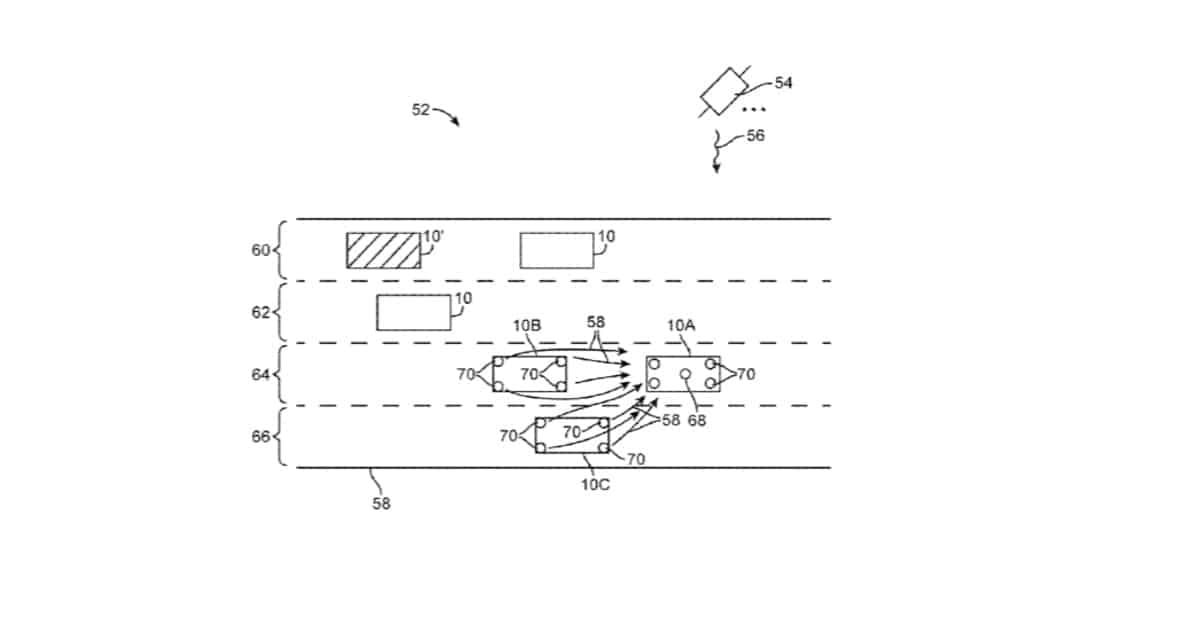The U.S. Court of Appeals for the Federal Circuit has rejected Apple’s bid to have it reconsider a patent infringement case with VirnetX.
Search: patent
Apple Gets New Project Titan In-Vehicle Device Location System Patent
Apple received a new patent related to its Project Titan automated vehicle project. Patently Apple reported it is for a device location system for vehicles.
In this Project Titan granted patent, Apple notes that passengers in vehicles may carry mobile devices into the vehicles. Once inside, a passenger may place the mobile device at a location inside the vehicle cabin. Occasionally, the mobile device may move, fall onto the floor, or slide into a location on the vehicle that is difficult to see or access. As a result, mobile devices are often lost inside vehicles. Current methods for locating a mobile device in a vehicle require some degree of manual intervention, which can be tedious and cumbersome.
Caltech Wins $1.1B From Apple and Broadcom Over Patent Infringement
Apple and Broadcom are required to pay the California Institute of Technology US$1.1 billion in damages over patent infringement.
Apple Told to Pay WiLAN $85 Million After Losing Patent Infringement Case
Apple has been told to pay $85 million to QuarterHill subsidiary WiLAN for patent infringement, a reduction on a previously ordered amount.
Apple Calls on EU to Stop Patent Trolls
Apple, working alongside Microsoft, BMW, and others, has urged EU Commissioner Thierry Breton to take action against patent trolls.
Apple Pencil Three Could Have Rolling Gesture For Zooming, Patent Reveals
The Apple Pencil 3 looks likely to have more gestures available than previous models, according to a new patent.
Apple Wins Patent for Variable Illumination System for Keyboards
Apple has been granted a patent for a variable internal illumination color system, according to Patently Apple. Such a system could be used in keyboards and other devices.
Apple’s granted patent covers devices, systems and methods that implement variable internal illumination of input devices of electronic equipment. Input devices include keys of computer keyboards, contact areas on a contact pad (trackpad), buttons on instrument control panels, buttons on a computer mouse, and the like. Rather than having a fixed tone (such as a perceived “warmth” or “coolness”, and/or a particular color component such as a hue) or color for the light emitted by the internal illumination, user experience can be improved by using variable internal illumination, i.e., internal illumination that can be varied dynamically during operation of the electronic device.
Sonos Suing Google Over Alleged Patent Infringemenets
Sonos launched legal action against Google, alleging that the search giant stole its multiroom speaker technology.
Apple Car Patent Describes ‘Private Lighting’
A patent for the Apple Car describes “systems with synchronized windows” to give drivers a sort of private lighting capability.
Apple And Intel Combine in Court to Fight Patent Trolls
Apple and Intel have come together for an anti-trust case in a bid to stop the number of nuisance lawsuits they face.
Apple Patents Discuss Digital Government ID
Two new Apple patents discuss methods for replacing paper documents with a digital government ID, and how they could be verified.
US Patent applications numbered 20190325125 and 20190327228, both titled “Identity Credential Verification Techniques,” follow previous reports of Apple hoping to make iPhones central to ID security.
The two new patent applications separate out the functions of such systems into the creation or collection of a user’s identity details, the later authentication of that ID, and then the user’s ability to provide this detail on request.
I’m normally all about privacy but personally I look forward to the day when such documents are digital.
Patent Suggests Radar System in Bodywork of Apple's Self-Driving Car
Apple’s much speculated upon self-driving car might have a radar system hidden within the bodywork. That’s according to a patent granted Tuesday and uncovered by AppleInsider.
In Apple’s design, it suggests the use of antennas to transmit a radar beam towards a portion of a field of view, along with a vertical antenna array to receive the bounced-back signal. The receive antenna array can consist of multiple antenna elements grouped into sub-arrays, with each sub-array used to receive scatter signals reflected back at it from a smaller subsection of the field of view. Circuitry is then used to combine the received scatter signals from the antenna array into a combined scatter signal, which is then digitized. A second horizontal receive array performs a similar job, again with sub-arrays and the same process. A signal processor is then used to process the scatter signals from both vertical and horizontal arrays, and to correlate the data from each to give effectively a 3D radar layout.
Developer Suing Apple, Says Sign in With Apple Infringes Its Patent
Earlier this month the developer Blix sued Apple, claiming that Sign in With Apple copies technology used in its Blue Mail application.
Apple Involved in TSMC Patent Lawsuit
GlobalFoundries accused TSMC of patent infringement involving 16 patents. Apple is cited in three of them.
Apple Awarded Patent for Mac Face ID
Apple was recently granted a patent for Mac Face ID with a smart auto-wake feature. This version sounds more intelligent than current Face ID.
Apple Headset Patent, Google Buying Facial Data – TMO Daily Observations 2019-07-24
Bryan Chaffin and Andrew Orr join host Kelly Guimont for a discussion of an Apple “headset” patent and Google’s offer to buy facial data.
Apple Patents a Mixed Reality Sensory System
Apple has filed four patents regarding a mixed reality sensory system to be used with a headset, and today a fifth patent was published.
Apple Watch Patent Suggests How it Can be a Camera
A new patent, discovered by 9to5Mac, suggested a way the Apple Watch could be used as a camera. It proposes a flexible section in the band. The section could also be adapted and used for FaceTime.
Apple’s proposed solution is to integrate the camera into part of the band, rather than the Watch itself. You’d be able to pull out a section of the band, which would be flexible so you can angle it as desired. The lens itself would rotate on the end of the band for complete flexibility. “A potential barrier to smartwatch adoption is their minimal image-capturing ability. Some embodiments described herein include a smartwatch with the functionality of a camera that is independently positionable relative to a watch body.”
Patents Suggest Face ID Coming to Mac, Touch Bar Coming to Magic Keyboard
Newly published Apple patents revealed that Face ID could be coming to Macs. The documents, reported on by 9to5 Mac, also suggested the Touch Bar could be coming to the Magic Keyboard.
The patent application spotted today by Patently Apple is actually for Face ID using a retina scan rather than a 3D map of the face. This is a type of technology used in some high-end security systems. Apple notes in patent claim #86 that devices with the Touch Bar may also use a biometric sensor that is “a facial detection sensor.” In patent claim #87 Apple notes “wherein the biometric sensor is a retina scanner.” This may be a genuine interest on the part of Apple to switch to a new technology for Face ID, or it may simply be the company covering all the bases – as it usually does in patent applications.
Apple Acquires Patents From Failed AI Powered Home Security Startup
Apple acquired patent’s from Lighthouse AI in late 2018, it has emerged. Apple purchased 8 patents from the smart home security startup. They related to, amongst other things, computer-vision based security, visual authentication, and incident sharing. Lighthouse AI closed down in December 2018. The purchases are another indication of the renewed seriousness with which Apple is approaching AI. 9to5Mac wondered if we could see the technology associated with the patents used to improve Face ID.
The patents in question (via Patently Apple) relate to technology used for computer-vision based security, visual authentication, and more. In total, Apple acquired eight patents and patent applications from Lighthouse. Lighthouse AI officially shut down in December of last year after it failed to achieve commercial success. Lighthouse focused on using augmented reality and 3D sensing to make it easier for users to understand and sort through security footage.
Firms Sue Apple Over LTE Patents
Apple is being sued by a number of companies that alleg it infringed more than 7 of their patents relating to LTE technology.
Apple to Close Stores in Texas' Eastern District in Bid to Fight Off Patent Trolls
Apple will close its stores in the Eastern District of Texas, an area known as a hotspot of patent infringement litigation.
Just 12% of U.S. Patent Inventors are Women
Data released in February 2019 by the U.S. Patent and Trademarks office revealed that in 2016 just 12% of inventors with a U.S. patent were female. This is actually a fall from the 1980s when the number hit 21%. A report from MarketWatch outlined that the reasons for this fall mirror many of the reasons there is a lack of women in STEM fields more broadly. They include gender bias and societal expectations as well as difficult workplace environments.
The number of patents with at least one woman inventor grew from 7% in the 1980s to 21% in 2016, according to an analysis released this month by the U.S. Patent and Trademark Office. But there’s a long way to go: Women made up just 12% of all patent inventors in 2016. “There’s untapped potential,” said Amanda Myers, the acting deputy chief economist at the USPTO. “There might be very intelligent and creative women who are not accessing the innovation system. That has real consequences for economic growth as well as our global competitive position.”
New Project Titan Patent Could Help Increase Vehicle Safety
A new patent shows Apple’s Project Titan autonomous vehicles could contain a series of communications chips to increase their safety.
